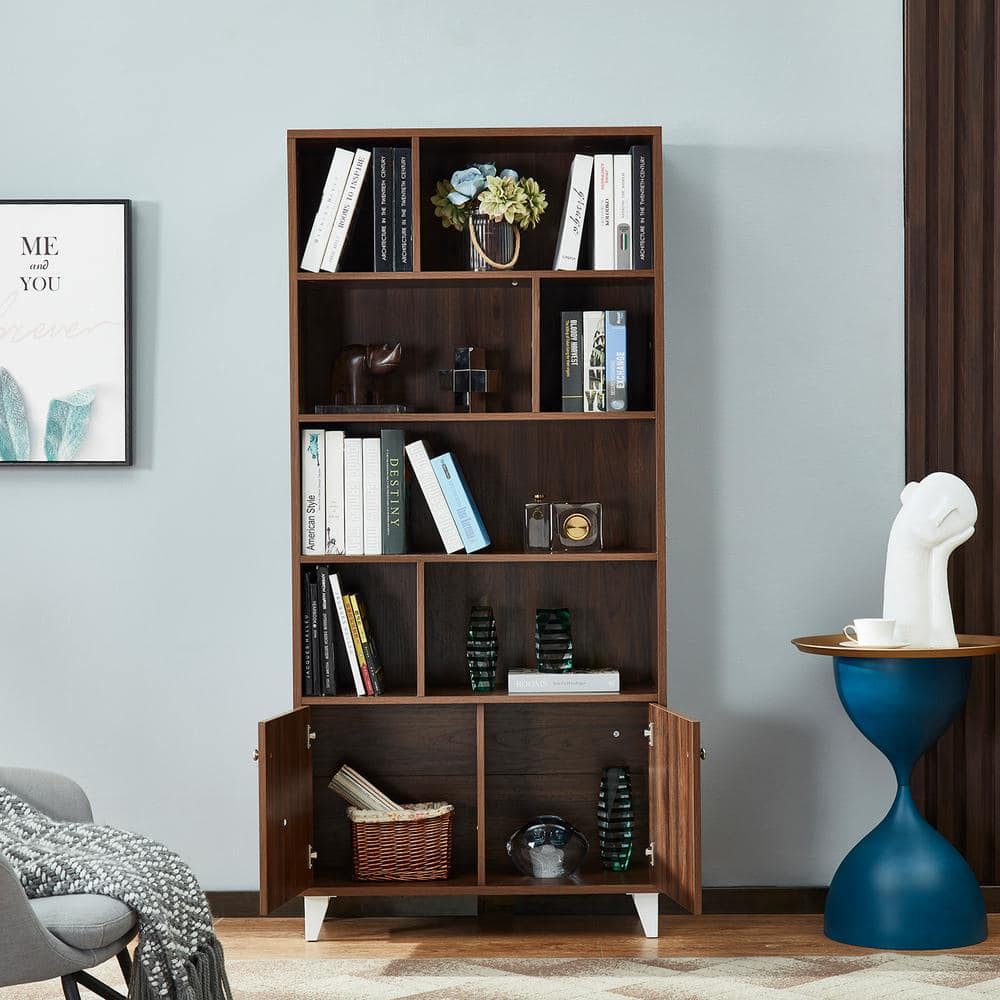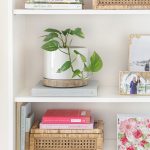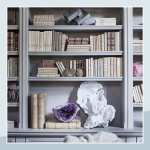Introduction: The Cornerstones of Home Libraries
When it comes to organizing and displaying your book collection, bookshelves and bookcases are two popular options that serve as the cornerstones of home libraries. While both are designed to store and showcase books, each has its unique features and advantages. In this article, we’ll delve into the battle of the books, comparing bookshelf vs. bookcase in terms of design, functionality, and suitability for different spaces and needs.
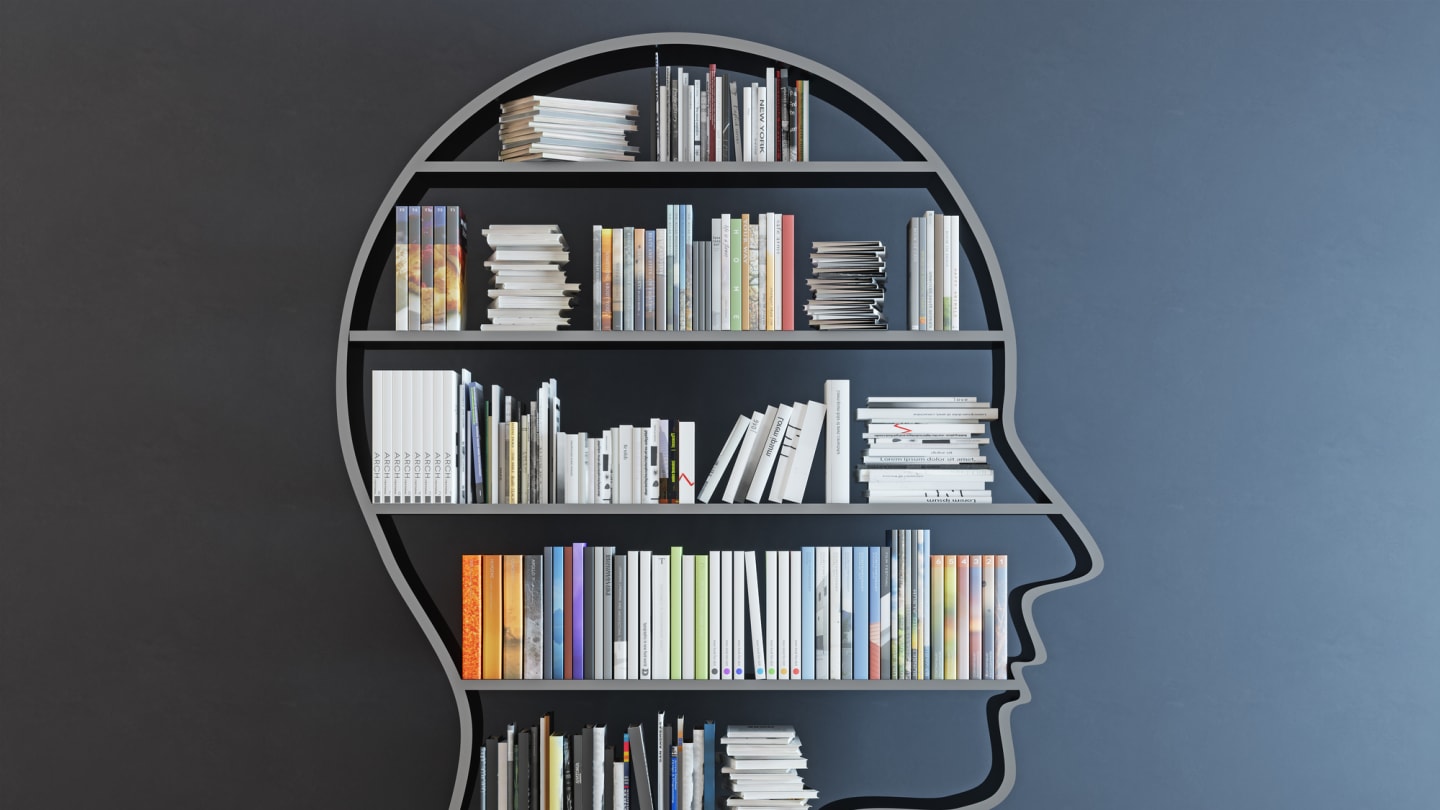
Bookshelf: Stylish Simplicity
A bookshelf typically consists of a series of horizontal shelves supported by vertical panels, creating an open and airy display for books and other decorative items. Here are some key features of bookshelves:
- Open Design: Bookshelves have an open design, allowing for easy access to books and providing a visually light and uncluttered appearance.
- Vertical Orientation: Bookshelves are often taller than they are wide, making them ideal for narrow spaces or rooms with high ceilings.
- Versatility: Bookshelves come in a variety of styles, sizes, and materials, ranging from sleek modern designs to rustic or vintage-inspired options.
- Space-Saving: Due to their vertical orientation and minimal footprint, bookshelves are space-saving solutions for maximizing storage in small rooms or apartments.
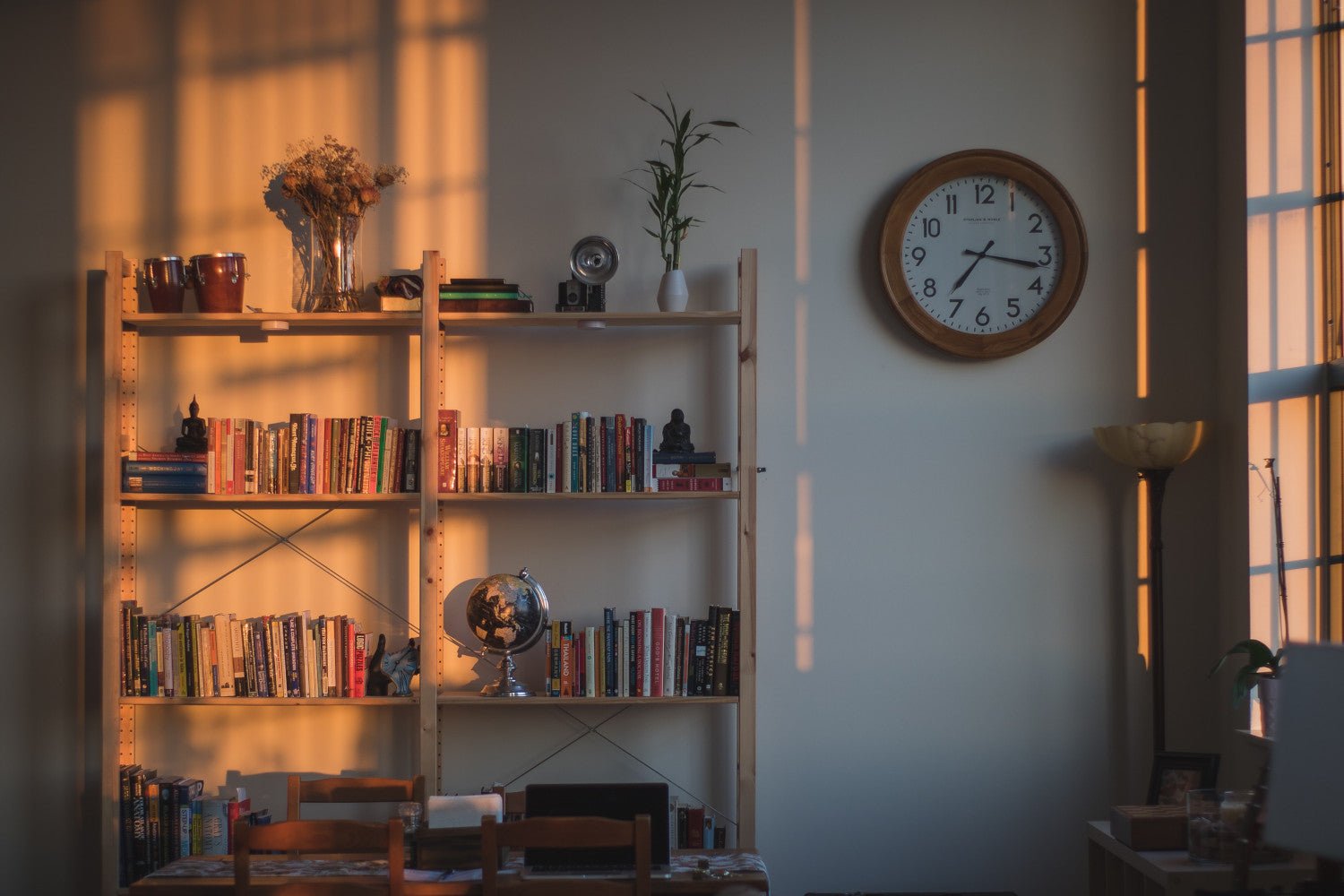
Bookcase: Functional Elegance
In contrast, a bookcase is a more substantial piece of furniture with enclosed shelves and often features additional storage options such as drawers or cabinets. Let’s explore the characteristics of bookcases:
- Enclosed Storage: Bookcases feature enclosed shelves, providing a more structured and organized storage solution compared to open bookshelves.
- Horizontal Orientation: Bookcases are typically wider than they are tall, offering ample surface area for displaying books, decorative objects, and personal mementos.
- Storage Options: Many bookcases include additional storage features such as drawers, cabinets, or adjustable shelves, offering versatility and customization options.
- Stability and Durability: Bookcases tend to be sturdier and more durable than bookshelves, making them suitable for holding heavier items or large book collections.
Choosing the Right Option: Considerations and Trade-offs
When deciding between a bookshelf and a bookcase, there are several factors to consider, including:
- Space Constraints: Assess the available space in your home and determine whether a tall, vertical bookshelf or a wide, horizontal bookcase would be more suitable.
- Storage Needs: Consider the size of your book collection and whether you require additional storage options such as drawers or cabinets for organizing other items.
- Aesthetic Preferences: Choose a style and design that complements your existing décor and personal taste, whether it’s minimalist and modern or classic and traditional.
- Budgetary Considerations: Evaluate your budget and determine how much you’re willing to invest in a bookshelf or bookcase, taking into account factors such as materials, craftsmanship, and brand reputation.
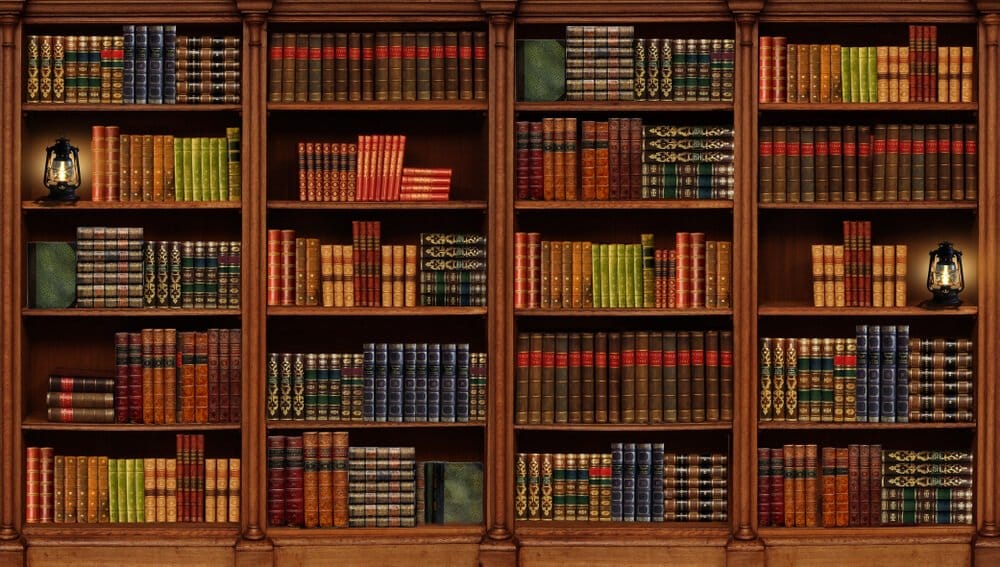
Customization and Personalization: Tailoring Your Display
Both bookshelves and bookcases offer opportunities for customization and personalization to reflect your unique style and preferences. Consider the following ways to enhance and tailor your display:
- Arranging Books: Experiment with different ways to arrange your books, such as organizing them by genre, author, color, or size. This can add visual interest and create a dynamic display that reflects your personality.
- Adding Decorative Accents: Incorporate decorative accents such as framed photos, artwork, potted plants, or sculptures to add character and charm to your book display. These touches can help to break up the monotony of rows of books and create focal points within the space.
- Using Storage Baskets or Bins: Utilize storage baskets or bins on the shelves of your bookcase or bookshelf to corral smaller items such as magazines, notebooks, or electronic devices. This helps to keep the space organized while adding texture and visual appeal.
- Showcasing Collectibles: If you have collectible items such as figurines, souvenirs, or memorabilia, intersperse them throughout your book display to showcase your interests and hobbies. This adds a personal touch and makes the space feel more curated and meaningful.
- Incorporating Lighting: Consider adding lighting elements such as LED strip lights, under-cabinet lighting, or adjustable wall sconces to illuminate your book display and create ambiance. Lighting can highlight certain areas of the display and draw attention to specific books or objects.
Maximizing Functionality: Practical Tips for Organization
In addition to aesthetics, maximizing the functionality and organization of your book display is essential for creating a space that is both visually appealing and easy to navigate. Here are some practical tips:
- Labeling Shelves: Use labels or tags to designate sections of your book display, making it easier to locate specific genres or categories of books.
- Implementing a Rotation System: Periodically rotate the books on display to keep the arrangement fresh and prevent boredom. This also allows you to showcase different books or collections based on seasonal themes or interests.
- Creating Reading Nooks: Incorporate comfortable seating such as a cozy armchair, ottoman, or window seat adjacent to your book display to create inviting reading nooks. This encourages relaxation and encourages spending time with your books.
- Utilizing Vertical Space: Take advantage of vertical space by installing wall-mounted shelves or bookcases above eye level. This expands your storage capacity and allows you to display more books and decorative items without taking up valuable floor space.

Maintenance and Care: Keeping Your Display Pristine
To ensure that your bookshelf or bookcase remains in top condition and continues to enhance your home’s aesthetic appeal, it’s essential to implement regular maintenance and care practices. Here are some tips to keep your display pristine:
- Dust Regularly: Dust accumulation can dull the appearance of your book display and make it look unkempt. Dust your shelves and books regularly using a soft microfiber cloth or feather duster to remove any buildup.
- Clean Spills Promptly: Accidental spills or stains can occur, especially if you use your book display to showcase decorative items or beverages. Clean up spills promptly using a mild detergent solution and a clean cloth to prevent staining or damage to the shelves.
- Rotate Books Periodically: To prevent sun damage and uneven wear, rotate the books on your shelves periodically to expose different spines to sunlight and airflow. This helps to maintain the integrity of your book collection and ensures that no single book is subjected to prolonged exposure.
- Check for Signs of Damage: Regularly inspect your bookshelf or bookcase for signs of damage such as loose screws, warped shelves, or chipped paint. Address any issues promptly to prevent further deterioration and prolong the lifespan of your furniture.
- Use Furniture Polish or Wax: Apply a thin layer of furniture polish or wax to wooden bookshelves or bookcases periodically to nourish the wood and restore its luster. Be sure to follow the manufacturer’s instructions and test the product on a small, inconspicuous area first.
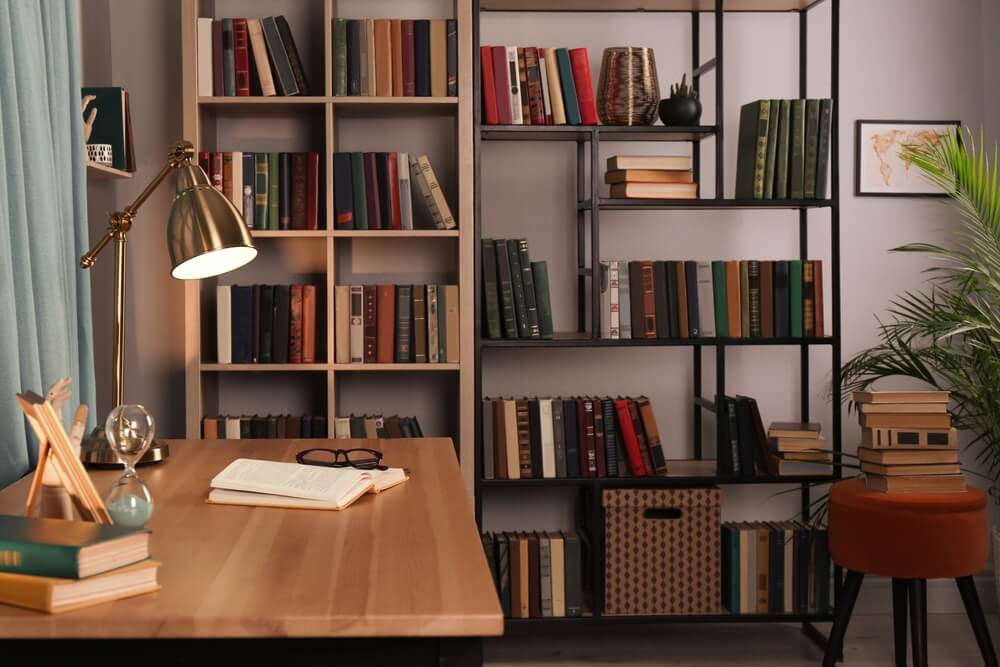
Conclusion: Finding Harmony in Home Libraries
In the battle of the books, the choice between a bookshelf and a bookcase ultimately comes down to personal preferences, practical considerations, and the specific needs of your home library. Whether you opt for the stylish simplicity of a bookshelf or the functional elegance of a bookcase, both options offer versatile and attractive solutions for organizing and displaying your book collection. By carefully weighing the pros and cons of each option and considering factors such as space constraints, storage needs, aesthetic preferences, and budgetary considerations, you can find harmony in your home library and create a welcoming and inspiring space for reading, relaxation, and reflection.
